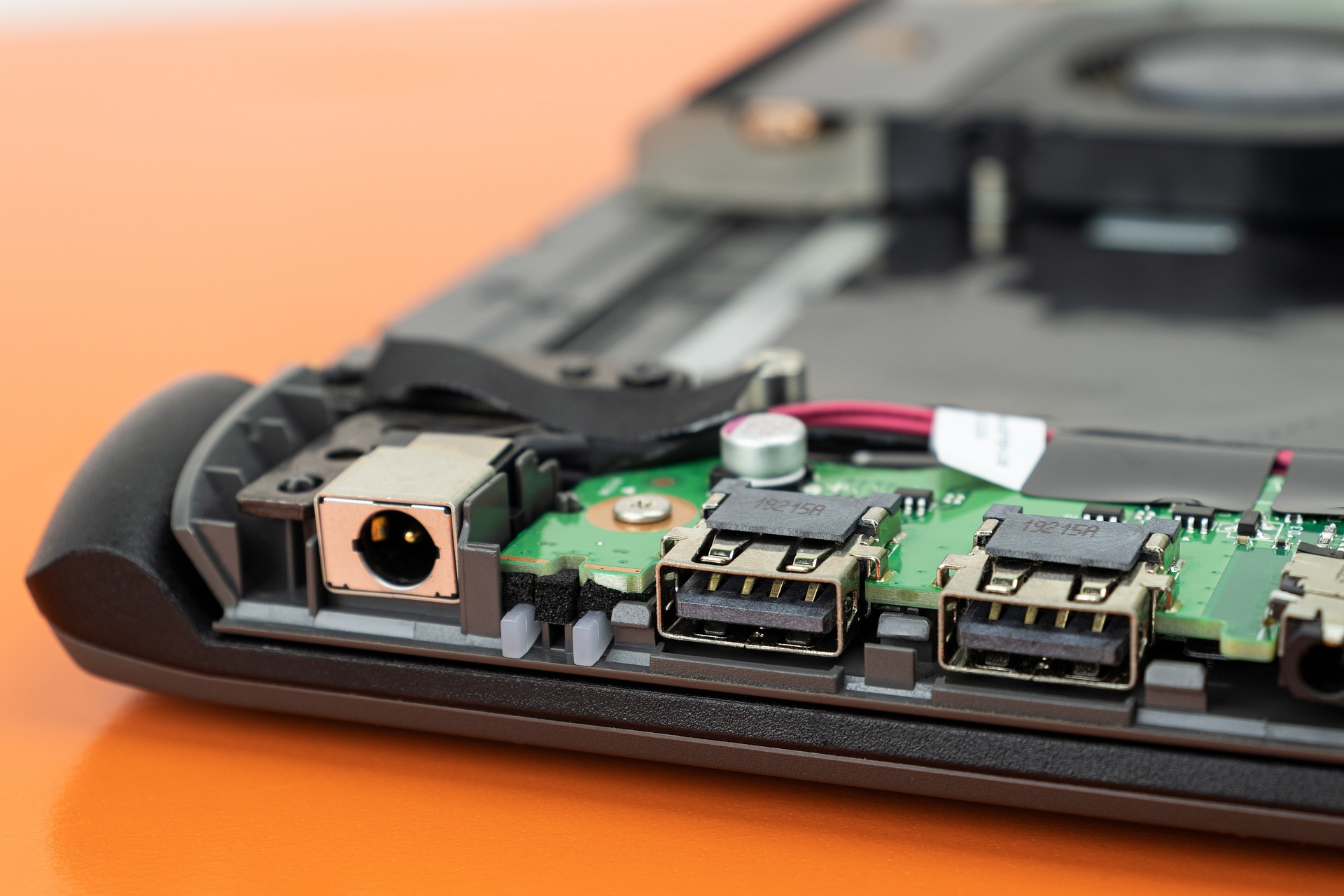The Emergence of Optical Computing: A New Dawn for Data Processing
The world of computing has always been on a perpetual quest for faster, more efficient data processing. Enter optical computing, a groundbreaking technology that could revolutionize the way we process data by using light instead of electricity. Let's delve into the captivating history, present developments, and future promise of this cutting-edge field.

A Glimpse into the Past: The Genesis of Optical Computing
The concept of optical computing dates back to the mid-20th century when scientists started exploring the possibility of using light—rather than electricity—for data processing. The idea was based on light’s ability to carry more information and travel faster than electric currents. However, it was only in the 1980s, with the advent of lasers and fiber optics, that serious research into optical computing began. But despite promising research, the technology faced numerous roadblocks, primarily due to the lack of materials that could efficiently manipulate light.
The Present Scenario: Overcoming Obstacles
Fast forward to today, the landscape of optical computing has drastically changed. Scientists have developed novel materials, such as photonic crystals and metamaterials, that can control the flow of light with unprecedented precision. Just last month, researchers at the University of Pennsylvania announced a breakthrough in creating an ultra-efficient optical transistor, a critical component for optical computing.
Optical Computing: The Game Changer
Optical computing could be a game-changer in the world of data processing. It offers the potential for much faster and more efficient computing, with less heat generation and lower energy consumption. This could lead to significant advancements in various fields, from scientific research to video game graphics.
Market Impact and Price Estimation
While it’s too early to estimate the exact market impact of optical computing, experts predict it could disrupt the $500 billion semiconductor industry. As for the cost, it’s expected to be high initially, just like any other groundbreaking technology. However, prices should fall as the technology matures and mass production begins.
The Future is Bright: Looking Ahead
The future of optical computing looks bright, with researchers around the world working diligently to overcome the remaining challenges. The next big milestone is the creation of a fully functional optical computer, which could redefine our understanding of computing. While we’re still some years away from this achievement, the progress made so far is truly remarkable and indicative of the exciting times ahead.
In conclusion, optical computing represents a fascinating new frontier in the world of computing. It’s a testament to human ingenuity and our relentless pursuit of knowledge and innovation. As we continue to explore this promising field, we’re not just looking at a new way of processing data—we’re looking at a potential revolution in how we understand and interact with the world of technology.





